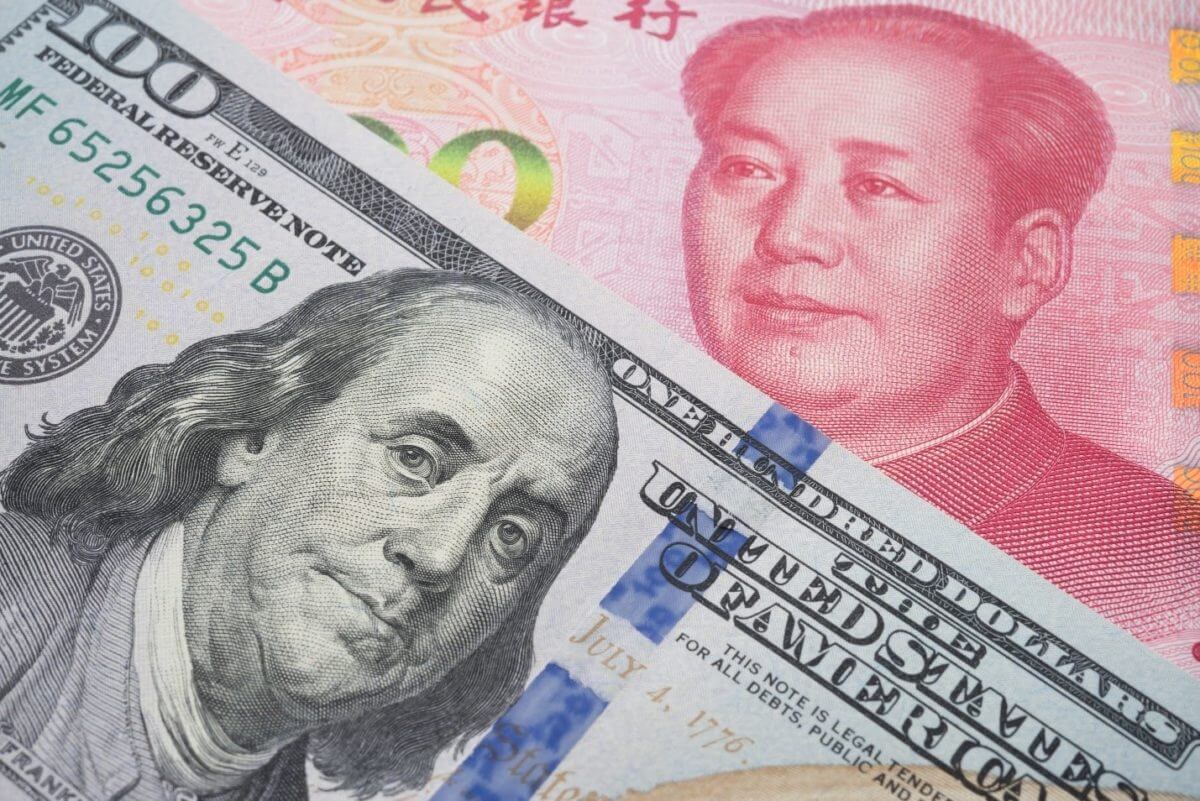
The Yen Rises Against the Dollar
The yen gained 1% versus the dollar as the BoJ performed a rate check in anticipation of currency intervention. At the same time, investors absorbed the US producer price data.
During a rate check, CB officials call dealers and inquire about the cost of purchasing or selling yen. Still, intervening to sustain the currency would be a more significant step.
According to the Japanese Finance Minister Shunichi Suzuki, recent yen changes have been “rapid and one-sided”. He added that if such moves continue, the government will consider yen-buying currency intervention.
Market participants are waiting to see if there will be any intervention from Japan’s Ministry of Finance.
Last week, the dollar reached a 24-year high versus the yen.
The dollar fell against the yen immediately after Fed announced the rate check. It was last down 1% at 142.19 yen, having touched a session low of 142.62 following the PPI data.
Investors considered data suggesting that producer prices in the United States declined for the second month in August. It also revealed that underlying producer inflation increased significantly last month.
Currencies
The dollar index measures the dollar against six major counterparts. It fell 0.1% to 109.71 on Wednesday, a day after recording its greatest daily percentage increase since March 2020 due to an unexpected rise in the US CPI.
Financial markets have fully priced Interest rate hikes of at least 75 bps following the Fed’s policy meeting next week.
Because inflation is a minor issue in Japan, authorities keep low yields on Japanese government bonds to aid the economy’s recovery.
The two-year US Treasury yield, a leading indicator of interest rate expectations, jumped 2.22 bps to 3.768% on Wednesday after rising 18.55 bps on Tuesday in response to consumer pricing data.
The euro remained practically flat against the dollar at $0.9872, while sterling rose 0.43% to $1.1544. The dollar was 0.1% higher against the Swiss franc.




